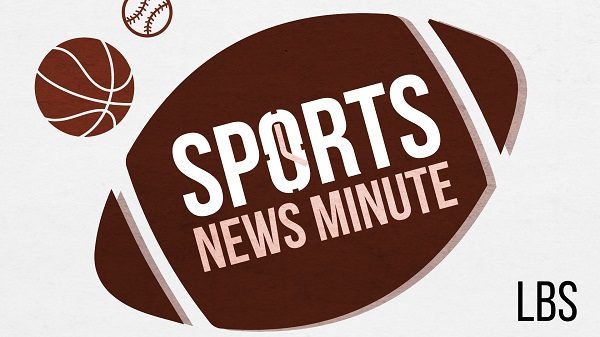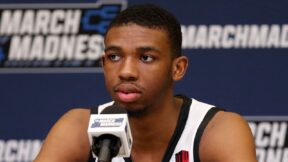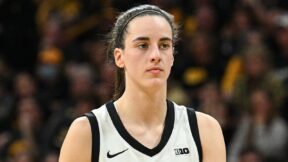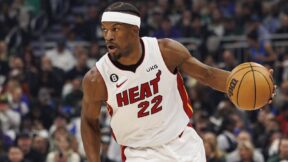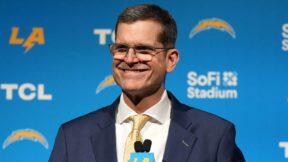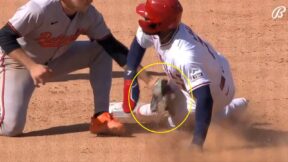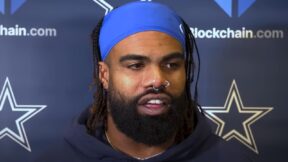Boys in the Hall: Bob Feller

Last week we introduced the Boys in the Hall series that FOXSports.com is running about several Baseball Hall of Fame members. The series, which is presented by Subway (which is sponsoring this post), featured a profile on Duke Snider last week. This week we’re excited to highlight the career of Bob Feller, who was one of the greatest pitchers in the history of the game.
Feller was one of the hardest throwing pitchers baseball has ever seen and he known for having the best fastball of his era. He grew up on a barn in Van Meter, Iowa, and honed his craft of pitching by throwing against a makeshift backstop created on the family’s farm. His fastball, nicknamed “the Heater from Van Meter,” was officially clocked at 98 miles per hour by the U.S. Army, though many people believe he threw even harder than that. It was that velocity that led to him being signed to a professional contract by a Cleveland Indians scout at the age of 16 in 1935 for the price of $1. His hard-throwing ways helped him become one of the youngest pitchers to ever have success, and also put together a Hall of Fame career.
Feller made his Major League debut with the Indians in 1936 after the scout who signed him became the team’s general manager and transferred his contract to the big league team. The lack of professional experience didn’t keep Feller from having success; when he was 17, he matched his age by striking out 17 Philadelphia A’s, which at the time was an American League record. Two years later, he set the Major League record with 18 strikeouts against the Tigers in 1938.
Feller’s name gets plenty of mention early in April every baseball season, and that’s because he became the only pitcher to throw a no-hitter on Opening Day. He threw his first of three career no-hitters on Opening Day in 1940 against the White Sox. He also tied Nolan Ryan for the most career one-hitters with 12.
Feller spent 44 months in the military during World War II and missed nearly four seasons because of active duty. He enlisted in the Navy almost immediately after Pearl Harbor was attacked in 1941, serving as Gun Captain aboard the USS Alabama. He was decorated with five campaign ribbons and eight battle stars. By the time he had enlisted, he had already won more than 20 games before turning 21, and he had 109 career wins — all before turning 23.
In Feller’s first full season after military service in 1946, the right-handed pitcher led the league with 26 wins, 48 games pitched, 36 complete games, 10 shutouts, 371.1 innings pitched, and 348 strikeouts. For his career, he led the league in wins seven times, ERA once, complete games three times, shutouts four times, innings pitched five times, and strikeouts seven times. He won 266 career games, was an eight-time All-Star, finished top-8 in MVP voting six times, and he was voted into the Baseball Hall of Fame in 1962 — his first year of eligibility.
Feller became a representative of the game well after his retirement and was a mainstay at Indians spring training games, often throwing out the first pitch in full uniform, and signing autographs for fans. He developed a successful insurance business after his playing days were over, and he served as chairman of the Ohio March of Dimes.
Feller was treated for leukemia in August, 2010, and died that December at the age of 92. A brash and proud American, perhaps the following quote encapsulates his attitude the best:
“I threw my best pitch if I needed an out. If it happened to be [the hitter’s] favorite pitch, he still got it, and I took my chances. I always liked my chances.”
Indeed, when Rapid Robert was throwing his blazing fastball, things usually worked out.

